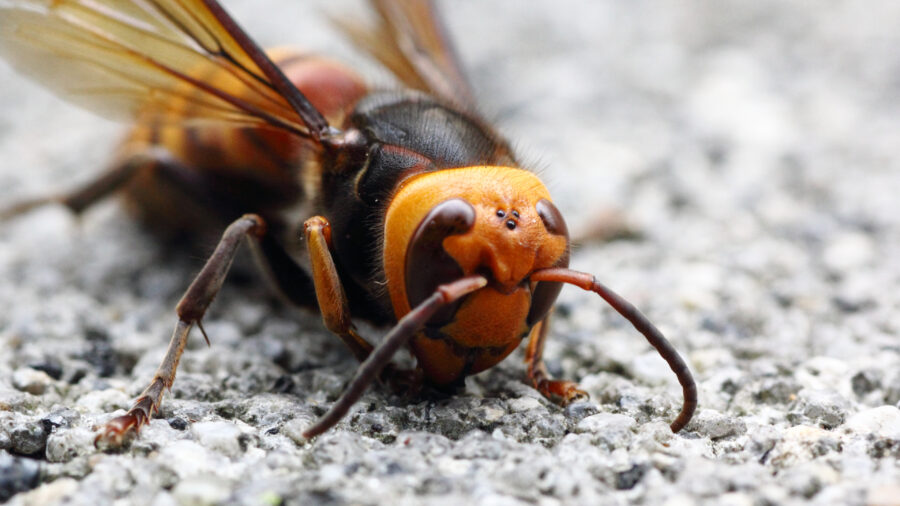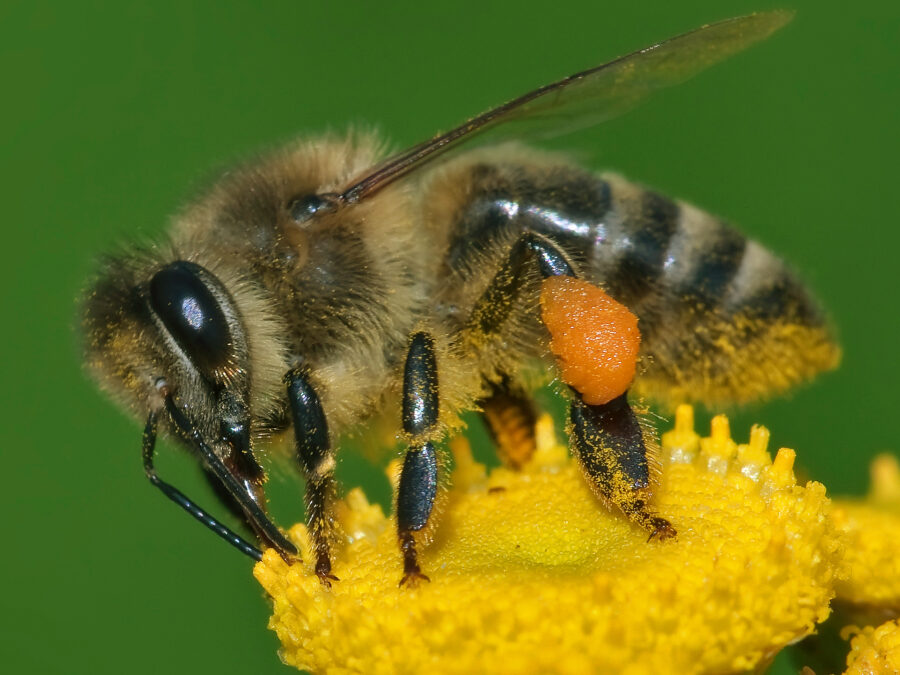Attempt To Remove Giant Murder Hornets Results In Murder Hornet Attack, See The Battle
When officials try to remove their nest, giant murder hornets attack.
This article is more than 2 years old

Department of Agriculture officials faced an attack from giant murder hornets after revisiting a nest, and the encounter was deemed to be much more aggressive than the previous visit in 2020.
Even larger and more aggressive giant murder hornets were discovered inside of a nest located in Washington State and have been deemed to be the first nest found this year. The first nest of the invasive species was found in October 2020 and varied in size compared to their 2021 variants. You can see a video about the nest below.
The Washington State Department of Agriculture (WSDA) said that this newfound giant murder hornet nest was three times bigger. They reported that these hornets were ready to defend their home. “I will say this, this nest was a little more aggressive than the nest we encountered in 2020,” Sven-Erik Spichiger from the WSDA said.
The trees that the giant murder hornets called home allowed them to create entrances and exits throughout the tree’s frame for hornets to come and go. Department of Agriculture officials reported being approached by the hornets and said the insects attempted to sting them. The hornets were removed by being vacuumed. Over 1,000 worker hornets were pulled out of the tree, and 67 rogues were captured in the area.
Bark was peeled back from the decayed tree to reveal a nest that housed 1,500 juvenile giant murder hornets inside. These underdeveloped insects have yet to reach maturity and were surrounded by nine layers of honeycomb. They can grow up to be five centimeters long and are equipped with the ability to eliminate a colony of honeybees in a day.

In their own efforts of self-defense, bees have resorted to using tools to fend off giant murder hornets. This method was first heard of in 2013 by Wellesely College associate professor Heather Matilla after a Vietnamese beekeeper assisted her team in her research. Bees forage for animal fecal matter and use the collected pieces to repel the hornets. When animal waste was placed in or around the nest by the bees, hornets were less likely to attack them.
These predator giant murder hornets are natives of East Asia and Japan, and are alternatively referred to as the “Asian Giant Hornet” or the “Giant Japanese Hornet.” There is an average number of 30-50 yearly deaths due to stings in Japan, meaning that these insects are capable of killing humans. Most humans are considerably safe against them, however, as the hornet primarily targets honeybees.
No injuries were reported by anyone on the team that made an effort to remove the giant murder hornet’s nest. The insects were trapped as their nest was removed to prevent harm to those removing the nest. The WSDA was directed to the nest after locals reported sighting.
Locals have also been asked to set traps and to report sightings of the hornets as they emphasize that communal cooperation is the fastest way of stopping the infestation of the giant murder hornets. As of now, most of the hornets that have been reported have been documented in Washington State, and the WSDA has been quick to crack down on eliminating them.











